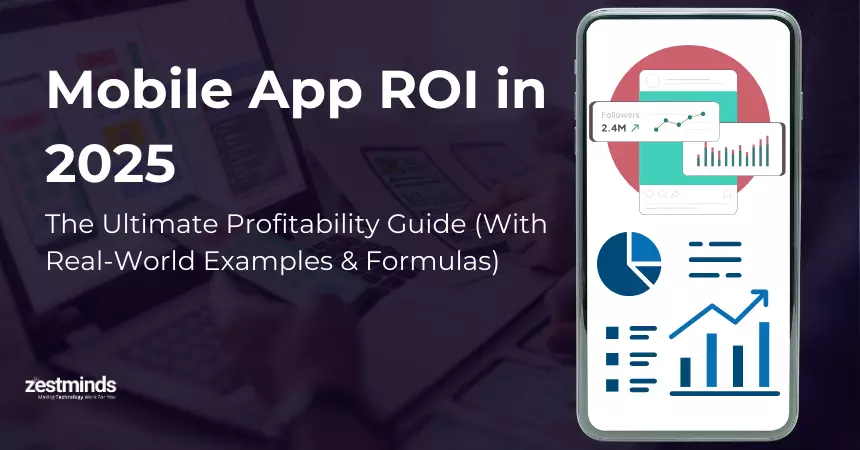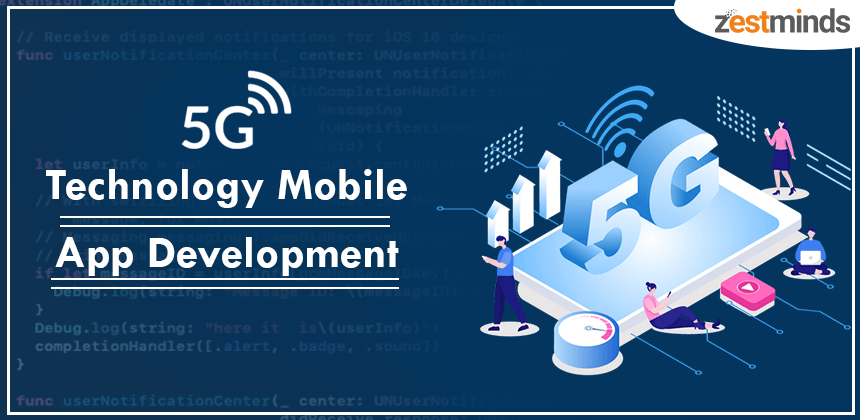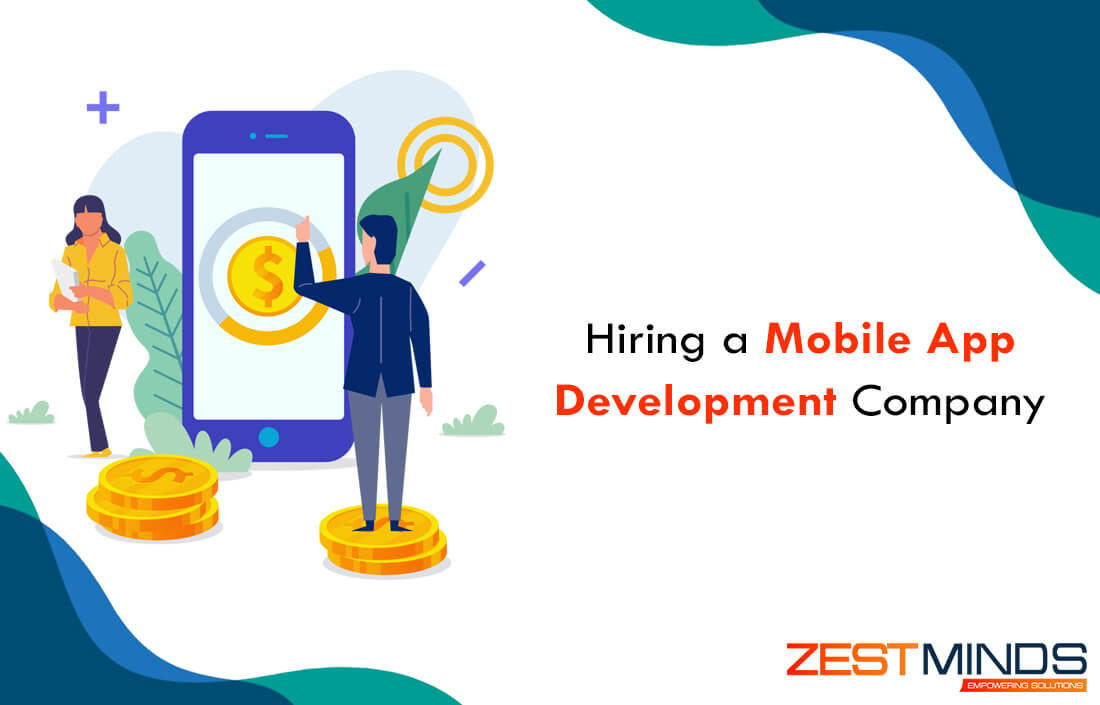How Can Startups Reduce Mobile App Development Cost in 2023
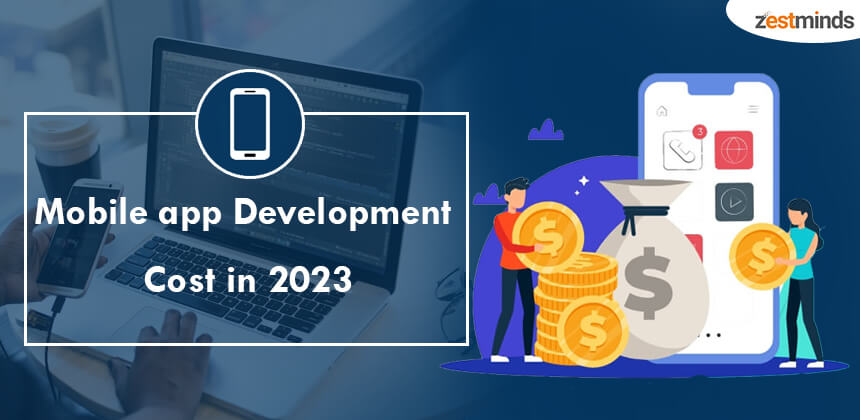
There's no getting around the fact that mobile apps are very helpful for businesses. You can open your cell phone and find a bunch of apps on it, like ones for ordering food or groceries, playing games, banking, and more.
You already know that getting to know your audience on a more personal level is the right way to go. But in 2023, how much will it cost? Can you make a good return on the money you put in?
This guide to the cost of making a mobile app will tell you everything you need to know.
Let's dive in!

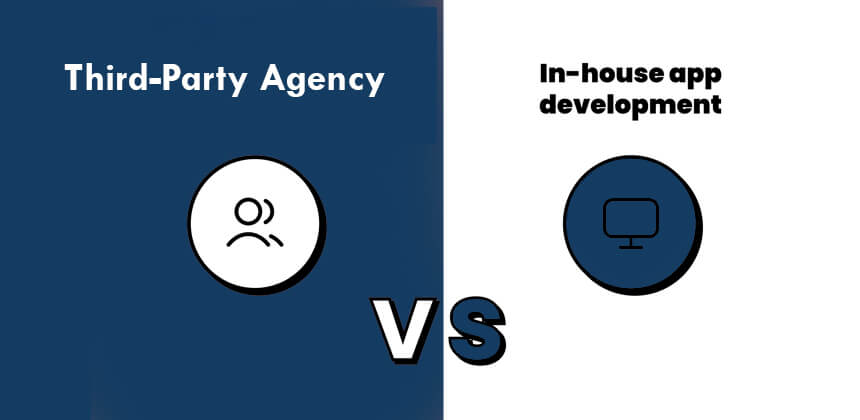
The following features are shortlists of features you may want to consider adding to your app to help you determine its level of complexity:
The minimum viable product/a simple app:

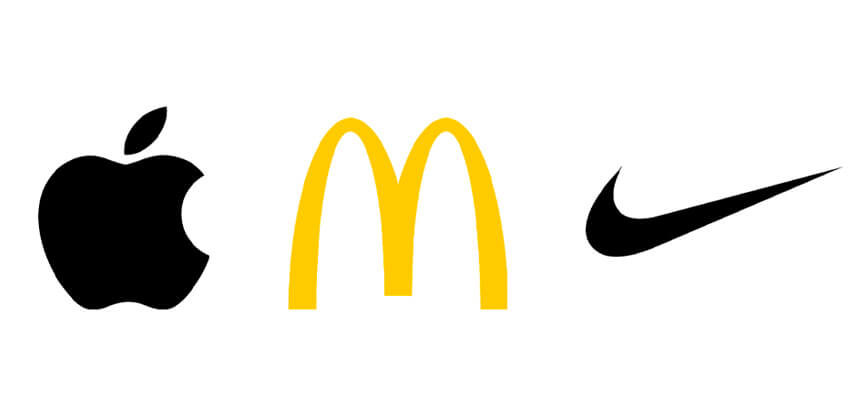
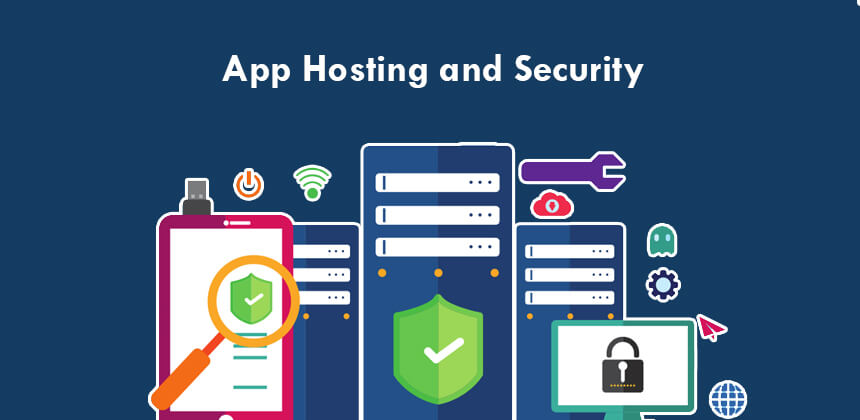
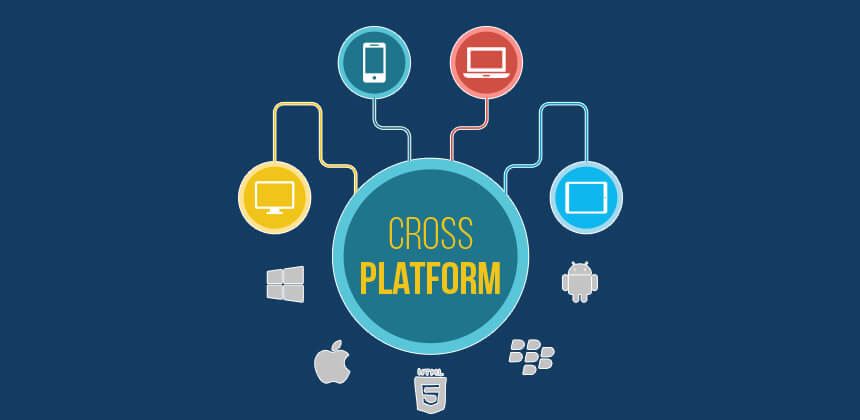

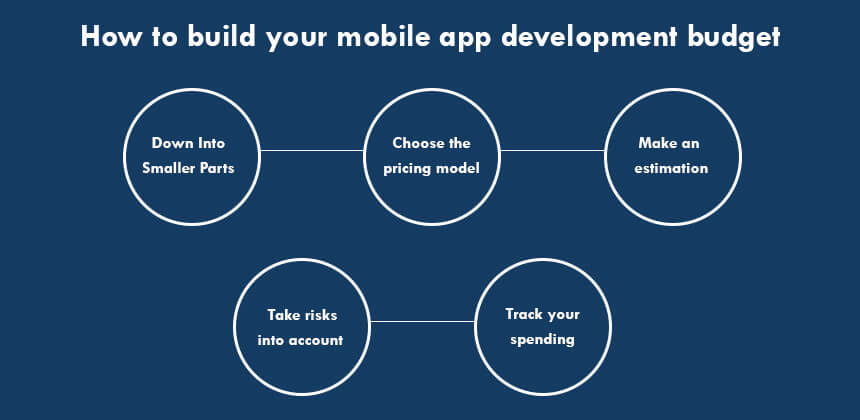

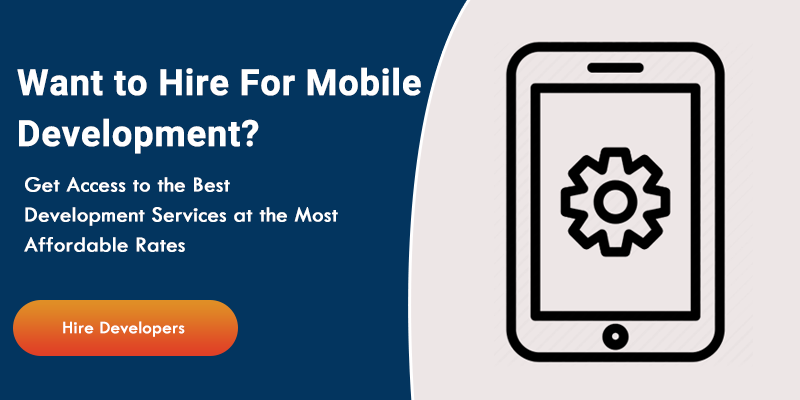
How Much Will it Cost to Build an App in 2023?
Already, we're in the last three months of 2022! Every day, both technologies and trends change. With 2023 coming up quickly, how much will it cost to make an app? Businesses are very interested in knowing this. First, you should know that the cost of making an app depends on a lot of things. You need to look at all of these things to figure out how much your development will really cost in 2023. Some of the most important things that affect cost are:-
- • What kind of app it is

Factors that Affect Application Cost
The cost of developing an app depends on factors beyond the location of the team and the type of app. Here is a breakdown of the costs associated with app development, including a list of the factors that will have the greatest impact on your final budget.
Third-Party Agency vs. In-House App Development
You can either hire all the necessary tech expertise as full-time employees, or you can contract an outside company to develop the app for you. Both approaches have advantages and disadvantages. For instance, a fully internal workforce will be easier to interact with and manage. However, app development costs will climb significantly in this scenario. Utilizing a third-party firm will be less expensive than establishing an internal mobile department. For instance, if you are unsure of how to create a podcast application, an agency will develop the entire application for $90,000 in four to six months. You can also pay this much annually to one iOS engineer. Moreover, external teams are more likely to deliver a high-quality procedure because they value their reputation. However, you may encounter communication challenges, such as various time zones or an offline specialist. You must assess the potential dangers of each alternative and select the one that best matches your objective.Complexity Level of App Development
The gist of the matter is straightforward: the more features you wish to implement and the more complex they are, the more time and money you will need to invest in mobile development. It is something that is actually discussed and planned with your team prior to the design and development phases. Here is a simplified classification of applications according to their level of complexity:| Complexity |
Description |
|
Simple/MVP |
Your app addresses a major pain point of your target audience; It is only implemented with core features; Its design is not elaborate; It is based on a small tech stack; There are a limited number of integrations. |
|
Average |
There are a few nice additions to it; More integration is required; More complex screens are required; Customized user interfaces are required |
|
Complex |
Having multiple functions; Providing advanced features like live streaming and chatbots; Having a larger number of screens; Having multiple user roles; Having complex API integrations |
-
- • Sign in/Sign up
-
- • Simple features of the app
-
- • Features of mid-level apps
Visual Design Complexity
We've already mentioned design as one of the primary factors affecting the cost of app development. Similar to the preceding section, the more features and screens you add, the more money you will need to spend. Here are some aspects of the design process that you must take into account.
-
- •

-
- •
-
- • Layout

App Hosting and Security
Today, the issue of cybersecurity is as pressing as ever. Increasing numbers of cyberattacks occur daily. Positive Technologies asserts that over 80% of mobile vulnerabilities are exploitable by hackers. They can target both small enterprises and major corporations, therefore companies of all sizes must pay close attention to the security of their consumers' data. Your security expenditures will vary according on the data you acquire, where you store it, and how you utilize it. Encrypting messages end-to-end and obtaining an SSL certificate are the most common instances of security precautions.
The Platform on Which the App will Run
This component represents one of the most fundamental questions in mobile application development: "Should I design a cross-platform app or a native app?" A cross-platform application is one that runs on both iOS and Android using a same codebase. A native app will have a different codebase for each platform, thus you will technically need to develop two apps. This decision will largely depend on your initial intended audience. You will need to evaluate both marketplaces and decide if you should begin with the platform that your target users utilize the most, or whether you should test both simultaneously. Since it is designed according to the platform's specific specifications, a native app will give your users with a superior user experience and will have fewer issues. In addition, it can utilize features that is inaccessible to cross-platform applications. However, the cost of app development will be higher due to the larger workforce. If you choose a cross-platform application, you will save money and get to market faster. However, there is a greater likelihood of UI/UX difficulties and bugs.
Location and Structure of a Development Team
The development and maintenance of your app will require a team, regardless of the way you choose to develop it. For MVP development, the following team composition is required:-
- • Project manager
-
- • Business analyst
Backend Infrastructure
Backends are what happen "under the hood" of mobile applications. The users cannot see or access these processes. Backend tasks include:-
- • Processing of files

How to Build your Mobile App Development Budget
Now that you understand the factors that affect the cost of the app development process, we can move on to budget planning. You may not be able to determine the exact cost on your own, especially if you lack technical expertise and are unfamiliar with the mobile app development process. However, you will have more realistic expectations regarding the amount of money you will ultimately spend. #1: Break the process down into smaller parts The first step that you and your software development partner must take is to divide the entire development process into manageable tasks. Then, your partner will provide you with the necessary team composition and assign them accordingly. This procedure will also include time estimates for each task and the determination of each specialist's hourly rate. You should also estimate your available resources. If you already have an in-house team, ensure that it has enough qualified specialists to complete the task, and if necessary, hire additional personnel. If no full-time software engineers are available, consider using freelancers or third-party agencies. #2: Choose the pricing model Let's move on to the circumstance where you begin working for an agency. In this case, they may provide you with one or multiple payment options. The most common alternatives are fixed price and time and materials. A fixed price indicates that you will pay a set amount for the entire project. This pricing model is appropriate for small projects with a clearly defined list of tasks. The time and materials model is similar to a "pay-as-you-go" system: You receive a project estimate and pay for the completed work. The overall app cost is less stable here, but the agreement's flexibility makes up for it. #3: Make an estimation You are now calculating the cost of creating a mobile app. The following methods can be used:- • Ballpark -Based on current trends, previous experience, theories, and suppositions.

How Choosing The Right Mobile App Development Partner Can Minimize Costs?
There are many charges related with your application development project, as previously stated. In spite of the fact that the costs of technology, marketing, and deployment are unaffected by the method you choose, you can reduce the cost of development. How? It relies largely on the mobile app development team you select. You can save a great deal of money and increase your return on investment with the proper development partner.-
- • First, you should determine whether the app developers' fees are commensurate with the services they provide.
Conclusion
As stated previously, there are multiple costs associated with app development. Choosing a technology stack, a hiring model, or the type of application would all incur expenses. You will be able to plan your budget and estimate costs through deliberation and sound decision-making. This guide is all about the various cost factors and how to minimize them to your advantage.

Shivam Sharma
About the Author
With over 13 years of experience in software development, I am the Founder, Director, and CTO of Zestminds, an IT agency specializing in custom software solutions, AI innovation, and digital transformation. I lead a team of skilled engineers, helping businesses streamline processes, optimize performance, and achieve growth through scalable web and mobile applications, AI integration, and automation.
Stay Ahead with Expert Insights & Trends
Explore industry trends, expert analysis, and actionable strategies to drive success in AI, software development, and digital transformation.
